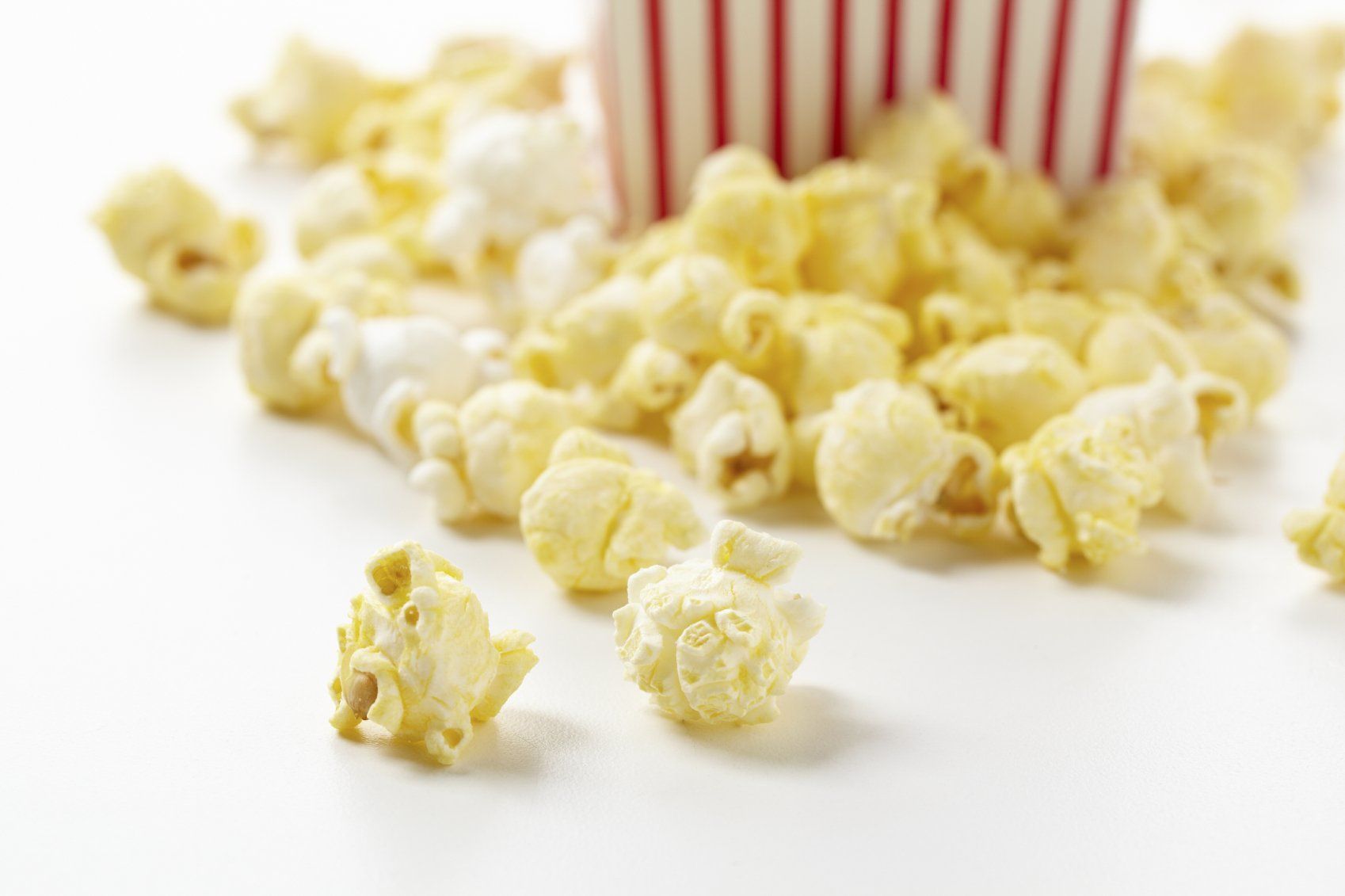July 1, 2025
With summer here, your kiddos are likely on a constant hunt for snacks. To help them develop healthy eating habits, try spacing meals and snacks about two hours apart. This gives their little tummies time to feel hungry, enjoy a snack, and recognize when they’re full. When kids “graze” throughout the day—eating small amounts here and there—their bodies have a harder time learning to recognize hunger and fullness cues. Grazing can also lead to more frequent choices of less nutritious, grab-and-go snacks. Let's Support Healthier Habits To support healthier habits, pre-plan snack options and post a visual snack “menu” on the fridge. This gives kids structure, helps them feel independent, and encourages better choices. And why not make snack time fun and educational? Try simple food crafts together—it’s a great way to bond with your child(ren), have fun in the kitchen, and explore possible new foods at the same time! UNDER THE SEA: Shark Snack Cups from Mommy's Fabulous Finds Festive treat made with yogurt, jello, cool whip, graham crackers and optional gummy shark Shark Week Bait from Alex Daynes A lighter treat that includes popcorn, white chocolate chips, f ood coloring/sprinkles, Sixlet Candies, gummy sharks, and pretzel goldfish Candy Sushi from Happy Family Recipes Themed snack made with Rice Krispie Treats (butter, marshmallows, vanilla, Rice Krispie Cereal) Fruit Roll-Ups, large Swedish fish, mini Swedish Fish BEACH + ANIMAL THEMES: Beach Bear Dirt Cups from Made To Be A Momma Celebrate summer with pool inspired lounging! Ingredients include: Teddy Grahams, white chocolate pudding, milk, cool whip, graham crackers, gummy life savers Curious George Snack from Mess for Less (tip, Read a Curious George book to go along with this one!) Enjoy a book and a snack with this Curious George inspired snack! Ingredients include: Nutella, s liced bananas, b lueberries, r ice cakes Animal Tracks Snacks from Loreen Leedy Great snack for the outdoorsy kid who enjoys animals! You can use a variety of ingredients including: cheese, crackers, pretzels, cream cheese, almonds and pepperoni FOR THE NATURE LOVER: Nature Snacks : Edible Crafts for Kids - Parties With A Cause A large variety of snacks for nature lover of all kinds including all sorts of flora and fauna options! POPSICLES: Fresh Fruit Popsicles from One Little Project How to Make Fruit Popsicles with Real, Fresh Fruit Strawberry Breakfast Popsicles from Fraiche Living We can imagine all sorts of variations of this recipe! Start with the following simple ingredients: yogurt, fresh strawberries, milk (or your choice) lemon juice and granola Frozen Yogurt Banana Pops from Kalejunkie Such a simple, yet festive recipe that uses ingredients commonly found in the kitchen such as bananas, yogurt and sprinkes! FOOD IMPOSTERS: Pancake Donuts from Balanced with Babies Made with just two ingredients: pancake mix and milk! You will need a fun donut shaped mold for this recipe Breakfast Banana Split - Art From My Table Ingredients include: banana, yogurt, blackberries, raspberries, granola, mini chocolate chips Fruit Cracker Pizzas from Sunshine & Hurricanes Crackers + cream cheese + fruit! Watermelon Rice Krispy Treats from My Heavenly Recipes Festive treat to be shared! Made with butter, marshmallows, R ice Krispies, food coloring and chocolate chips









